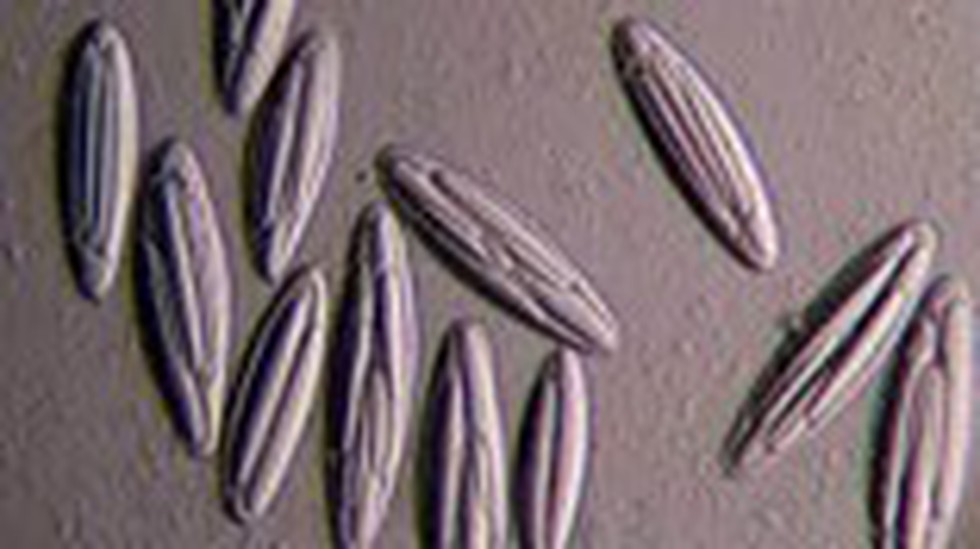About Epulopiscium Viviparus:
- It is a bacteria which live symbiotically in the guts of a fish, Naso tonganus, in tropical ocean environments.
- The first member of Epulopiscium – whose name comes from the Latin words for "a guest" and "of a fish" – was discovered in 1985.
- Epulopiscium Viviparus has modified its metabolism to make the most of its environment, by using a rare method to make energy and to move (the same swimming method is used by the bacteria that cause cholera), and by devoting a huge portion of its genetic code to making enzymes that can harvest the nutrients available in its host’s gut.
- It makes enzymes that are highly efficient at nutrient extraction from their host fish, especially carbohydrates called polysaccharides from the algae that forms a large part of N. tonganus's diet.
- It has plentiful enzymes that make ATP too, the 'energy currency' that supports a wide variety of cellular processes.
- Researchers discovered space for these molecules in a unique membrane, similar to the mitochondria of more complex organisms.
